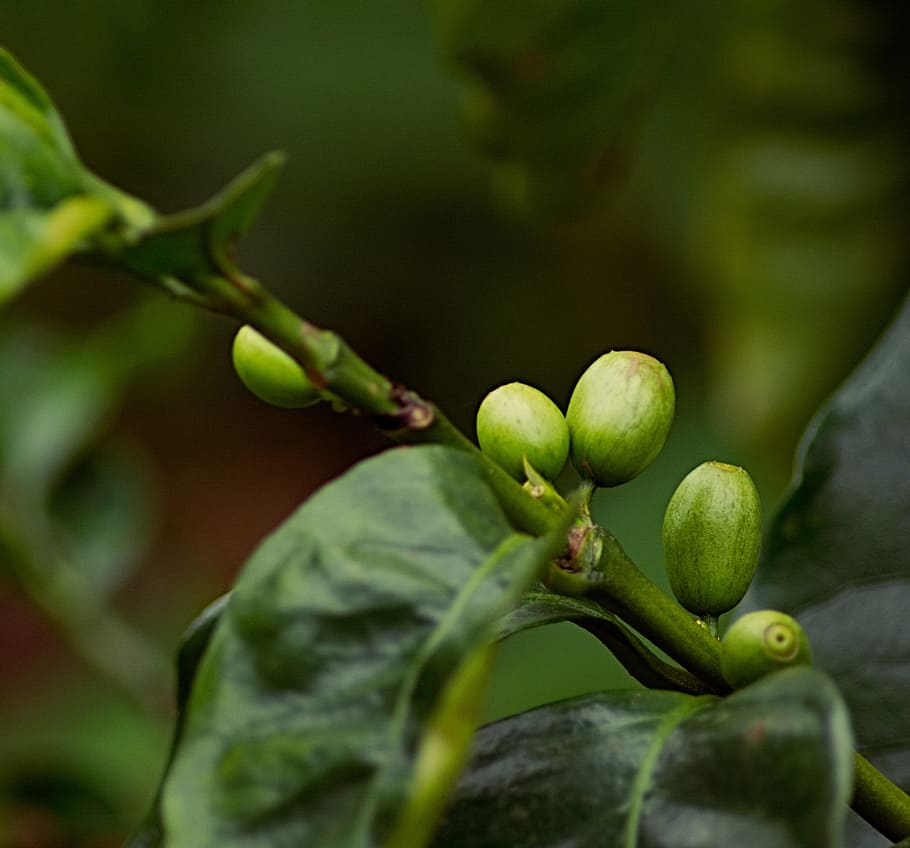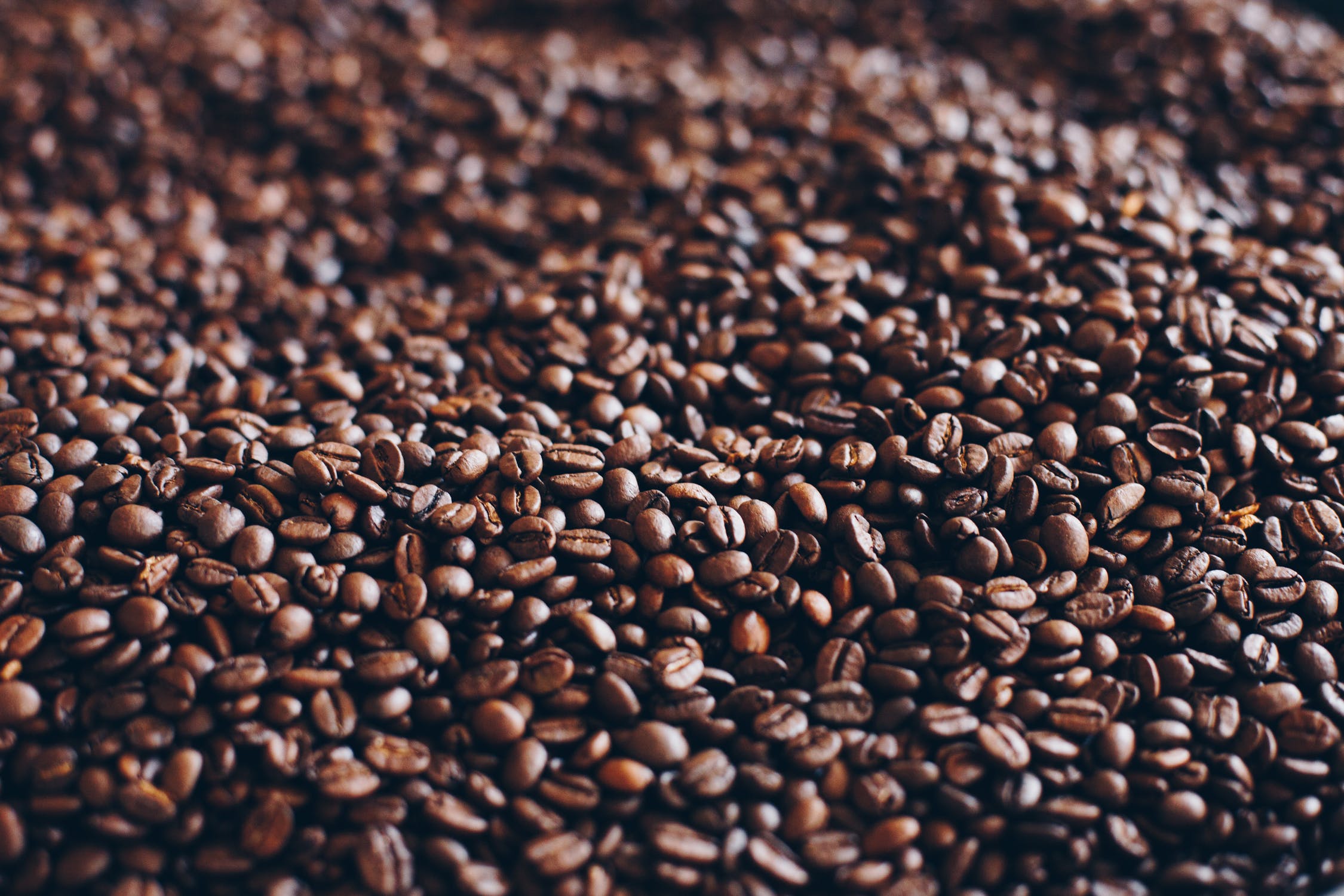When we hear the word coffee, we usually think about the brown delicious beverage that gives us a nice rush of energy each morning, but have you ever really thought about the origins of this god given gift?
What Is Coffee?
Coffee is a fruit that derives from a genus of plants called Coffea from the Rubiaceae family. The coffea trees grow in a tropical climate like southern Africa and Asia. They can get quite big with a height span ranging from 3-3.5 meters. During the harvesting period, the Coffea trees get cut short to preserve the plants’ energies and help with the harvest.

The fruit of the Coffea tree is called a “Coffee Cherry”. The coffea tree takes about a full year to fully mature and start blooming, and five years to fully grow out its entire crop of cherries. The Coffea plant can live up to a hundred years with it being the most fruitful between the ages of seven and twenty.

The maintenance of Coffea trees is a very important factor, and with proper care, it can increase their production in years to come. On average, each Coffea plant can produce around ten pounds of coffee cherries each year.
The Anatomy Of A Coffee Cherry

The Anatomy Of The Coffee Cherry is made up of multiple layers. The outer layer is called the exocarp, beneath that layer is the mesocarp which made up of a thin layer of pulp. Underneath the mesocarp is a slimy layer that is known as the parenchyma. The beans are covered in a parchment-like casing called the endocarp. Within this parchment casing lie two beans side by side, both being covered by a thin membrane skin that’s referred to as the spermoderm, another term for it is the “silver skin“
In rare occasions a coffee cherry may only have one bean, this bean is referred to as a “peaberry” (caracolillo in Spanish) this only occurs to about 5-10% of the world’s coffee beans. They say that these beans are a specialty and taste sweeter than standard coffee beans. For more information on Peaberry beans check out our article here.











3 comments